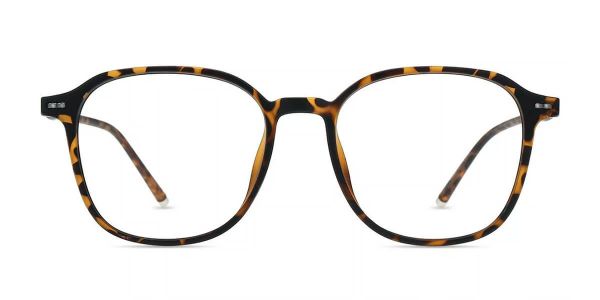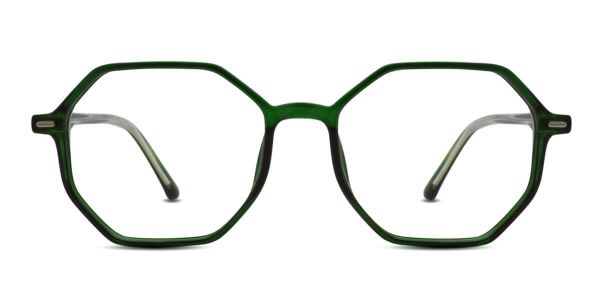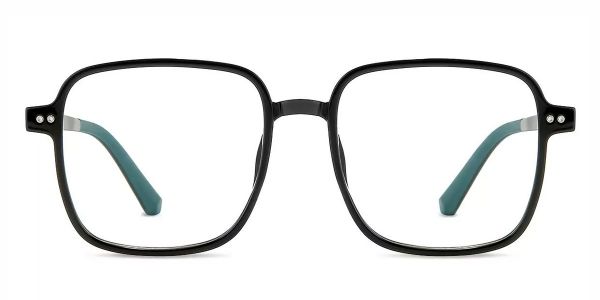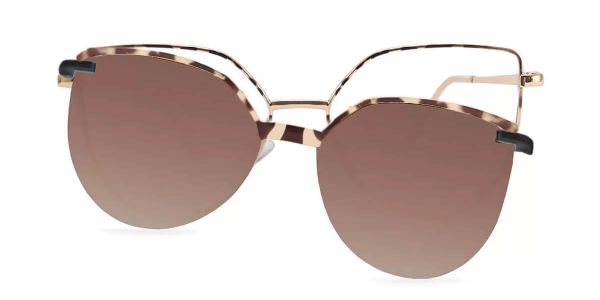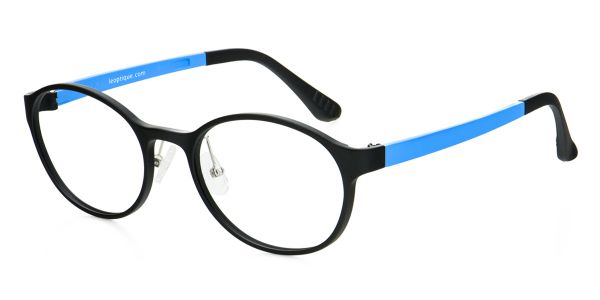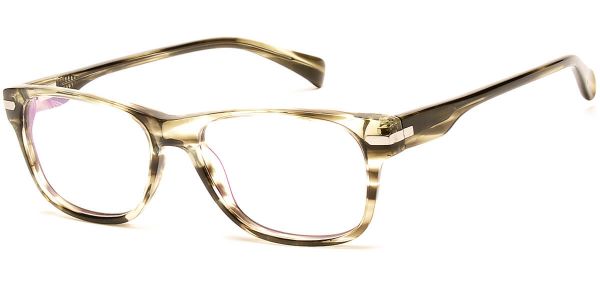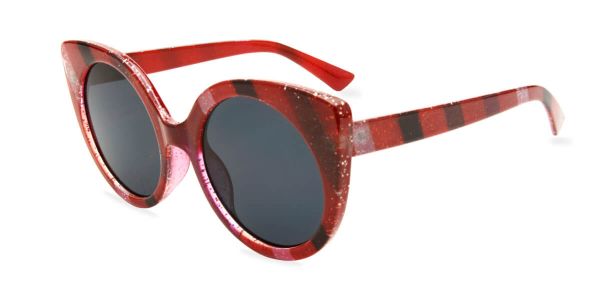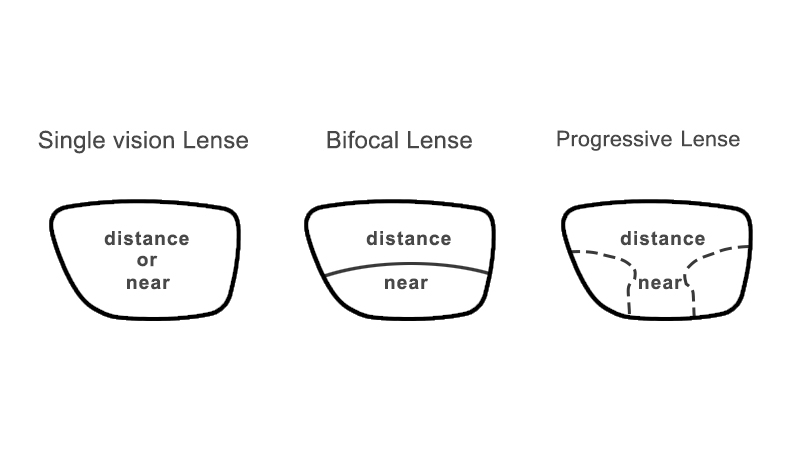
Single vision:
Single vision includes distance, reading and Plano
Reading glasses can be used to watch hand phone, computer, writing and so on. These glasses are used to see close things specially, which could make eye accommodation to be relaxed and not so fatigue.
Distance glasses can be used for driving, climbing, running and some outdoor activities. These glasses are used to see clearer distance specially.
So there are glasses to differentiate the distance and reading.
Plano glasses are glasses without prescription, which can be used for wind and sand protection only, or for elegant appearance.
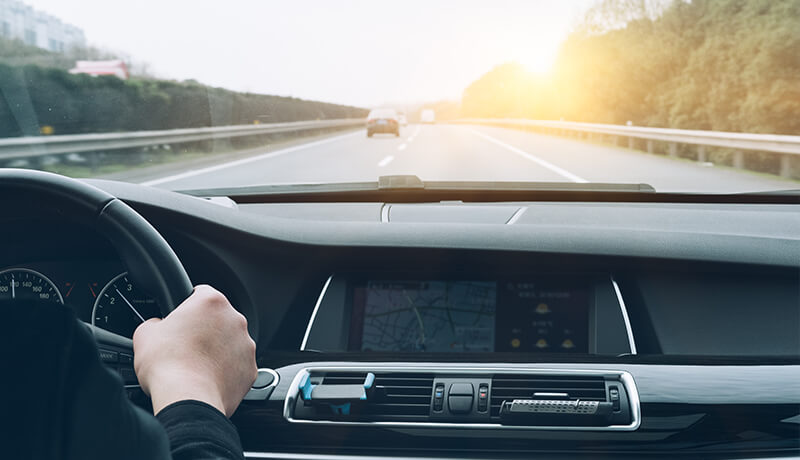


Invalid of single vision:
When people over 40 years old, one pair of single vision glasses might not be able to meet their requirements. They could see distance but not close, or could see close but not distance. At this time, they do need to wear two pairs of glasses, reading glasses when used to see close things and distance glasses to see distance. The other way is to wear multi-focal glasses, and the multi-focal glasses include bifocal and progressive glasses. The multi-focal glasses are one pair of glasses can be used to see distance and close up, you could use the upper farsighted part to see distance and the bottom part to see near things.
Bifocal
The designer designed the upper focal length of the lenses to be able to observe objects of more than 3 meters, while the lower part was designed to observe the close-up characters of the scene. This design enables the glasses wearer to observe distance/near different objects. It is not necessary to take off the glasses, which provides great convenience for presbyopia people.

Progressives
Progressives provide a smooth transition from distance through intermediate to near, with all the in-between corrections included as well. You can look up to see anything in the distance, look ahead to view your computer in the intermediate zone, and drop your gaze downward to read and do fine work comfortably in the close zone. That’s to say, progressive lenses are the closest to how natural vision is that you can get in a pair of prescription eyeglasses.
read more about Progressives
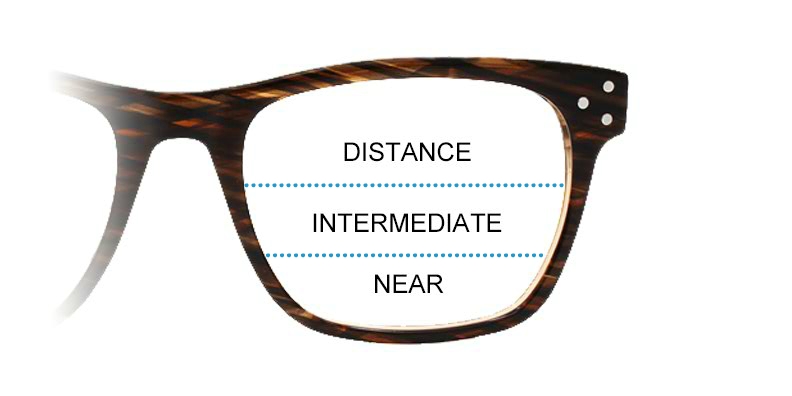
What's the difference between progressive and bifocal
1. Bifocals help you get far and near vision only, and will generate image jumps when you look near after you see distance.
2. You will get continuous vision at distant, middle, and near focal ranges with progressive lens, and with no lines, no annoying image jumps.
3. progressive lens will be more expensive than bifocals. But the extra price is worthy of its value.
The advantage of single vision lens
If you need to see up or down, the single vision lens is more suitable for farsightedness or nearsightedness. If you had tried to watch TV in chair or bed with progressive lenses, you would know that the nearby part of lens will affect your ability to see clearly of the whole room when your head was backward.
The single vision lens designed for close work can also be used to do car repair and other tasks, and in those tasks, you need to see close up things above the head. So you do not need to tilt your neck back, or hold your lens to see the close part, just like to use the bifocal, tri-focal or progressive lens.
Single vision lens provides advantages for computer work or reading. Your eye doctor can customization the prescription with the exact work distance, and you could get an unlimited vision within this distance.
And it is important for constantly computer work, as the standard bifocal and multi-focal (tri-focal or progressive) lenses will cause the posture problems for compute visual syndrome.
The single vision lens offers wider clear vision than progressive lens, and it would make you to see your feet better when you look down from roadside, escalator or stairs.
Who need progressive glasses
1. As the human eye degrades with aging, lens gradually hardens, causing the eye to focus light behind rather than on the retina when looking at close objects. This is the presbyopia. This phenomenon is common among middle-aged and elderly people over the age of 40.
2. If you only have either myopia (nearsightedness) or hyperopia (farsightedness), you only need single vision lenses, but if you have presbyopia and one of those two vision problems at the same time, you need lenses that improve the way you see both near and far-away objects.
3. Some types of occupational progressive lenses are available for specific jobs. Tell your eye doctor if your need a special pair of glasses because of work. Like if you drive a car on high-speed road, you need look distance, and see how much oil is left.
4. Hence, if you need two pairs of glasses for reading and distance use, progressive glasses may fit you.
Conclusion
If you need to see distance for a long time, we advise you to wear single vision distance glasses. And if you watch the hand phone, computer and TV for a long time, we advise you to war reading glasses. If you switch to see distance and close up often, the multi-focal glasses are the best choice.
But we still advise you to consult the details with your eye doctor, and decide which kind of glasses is best for you according to your personal situation.




